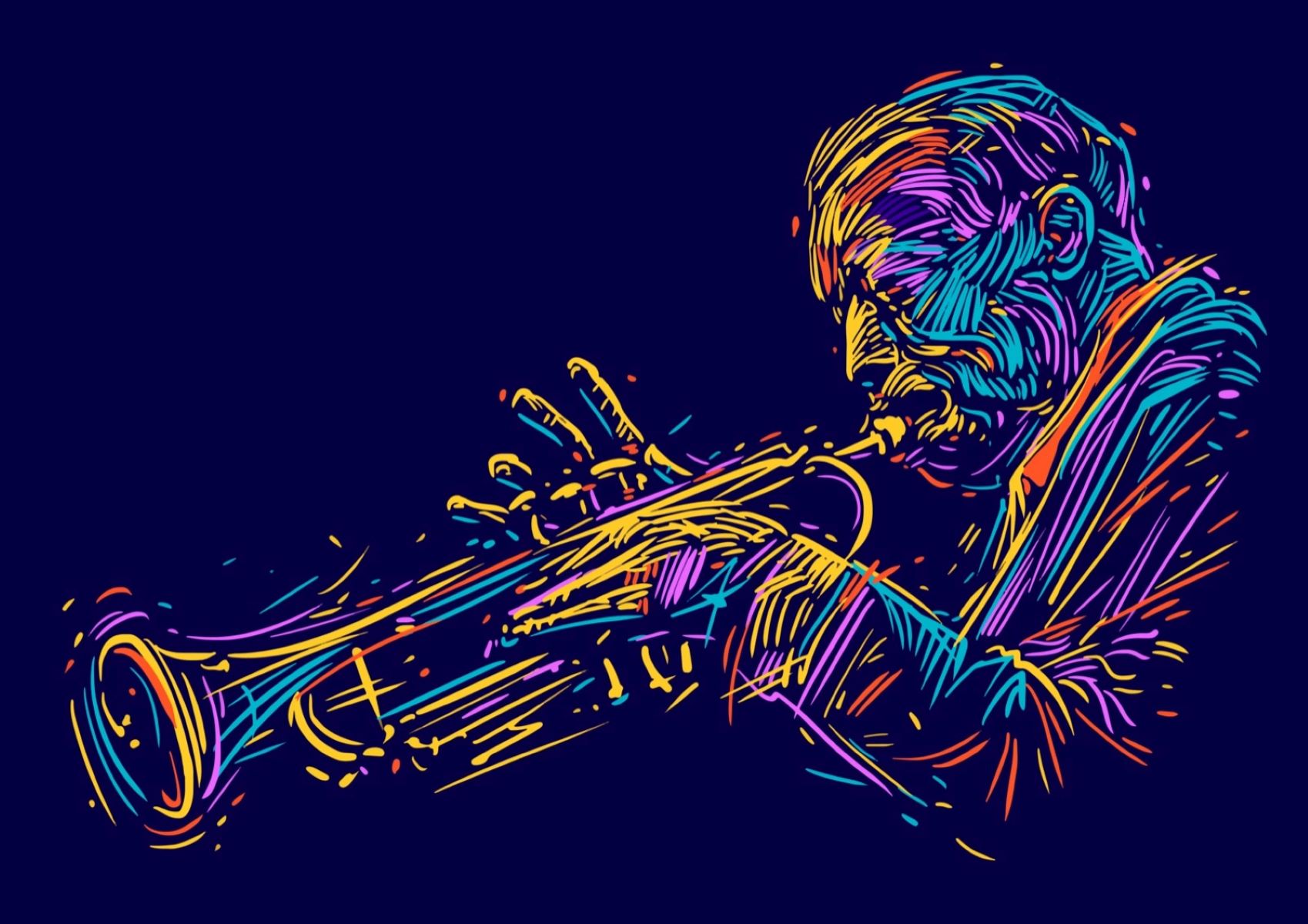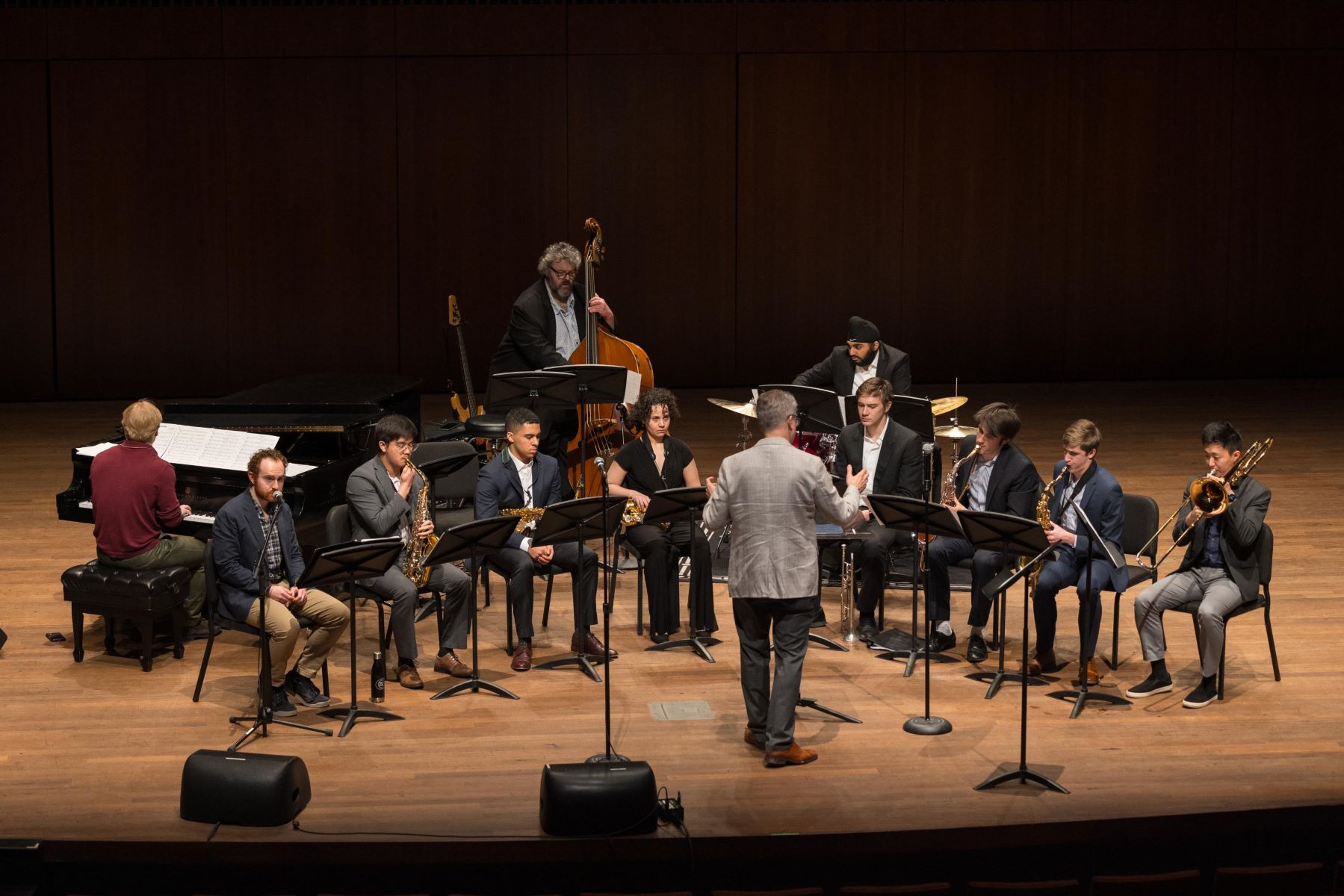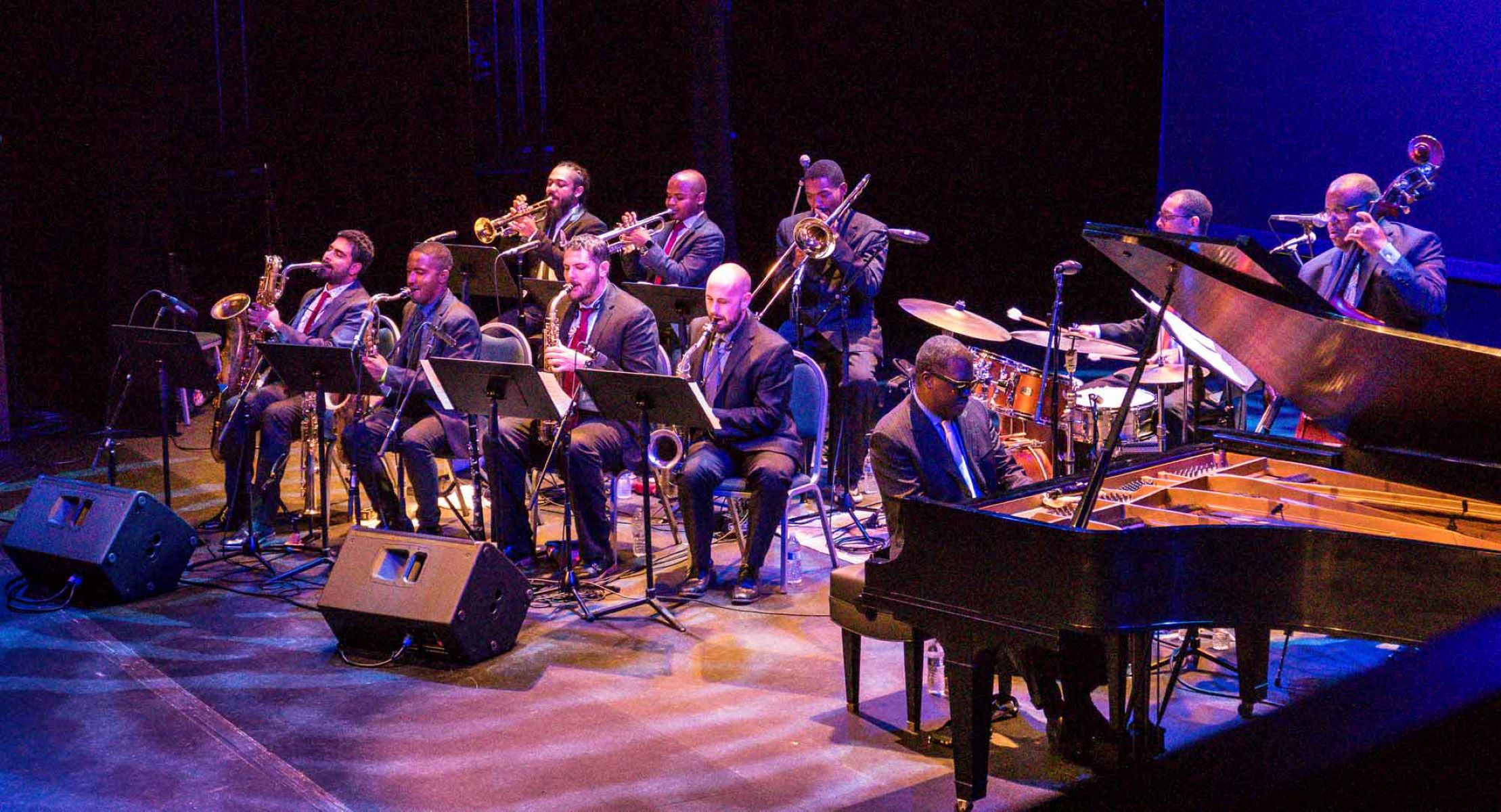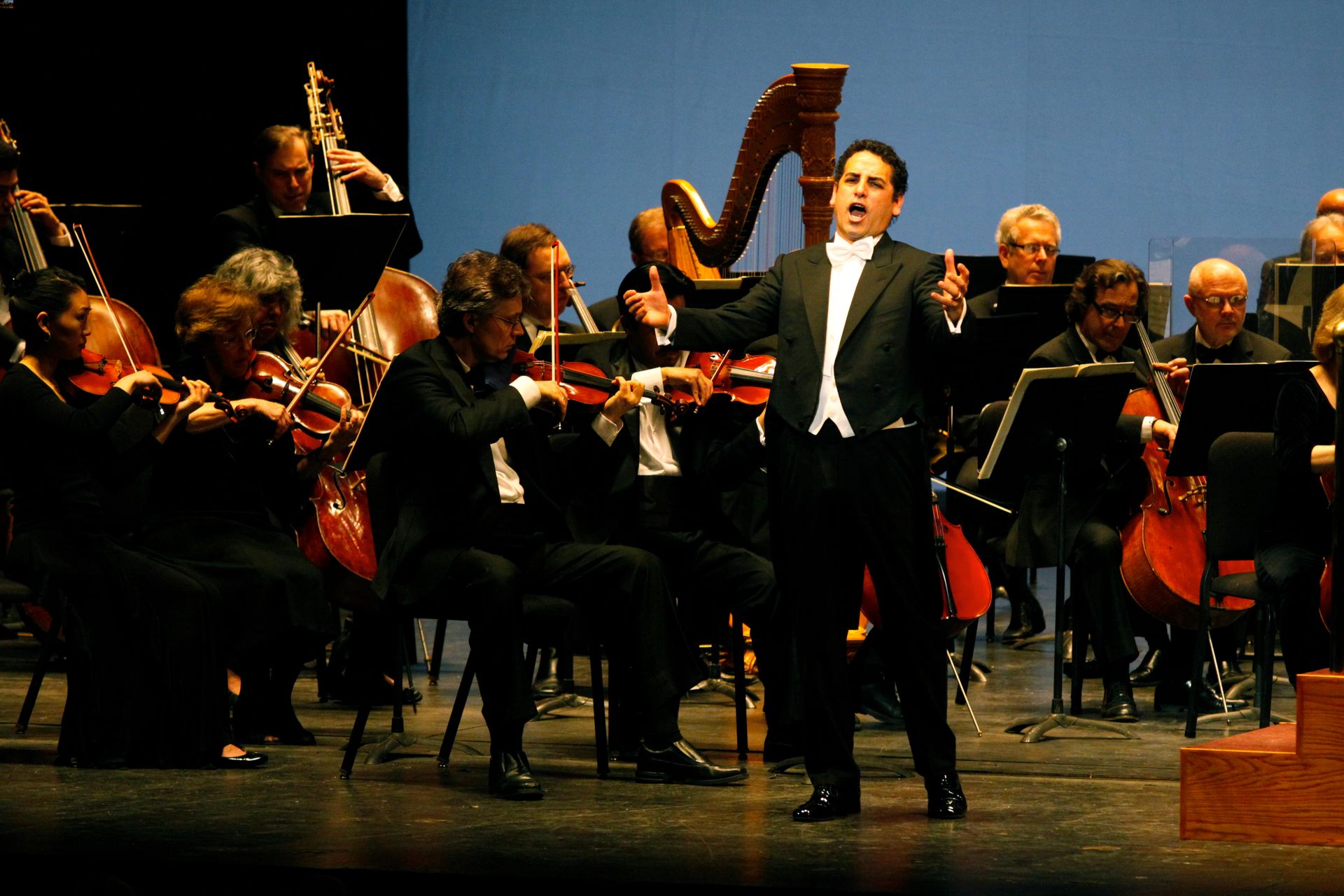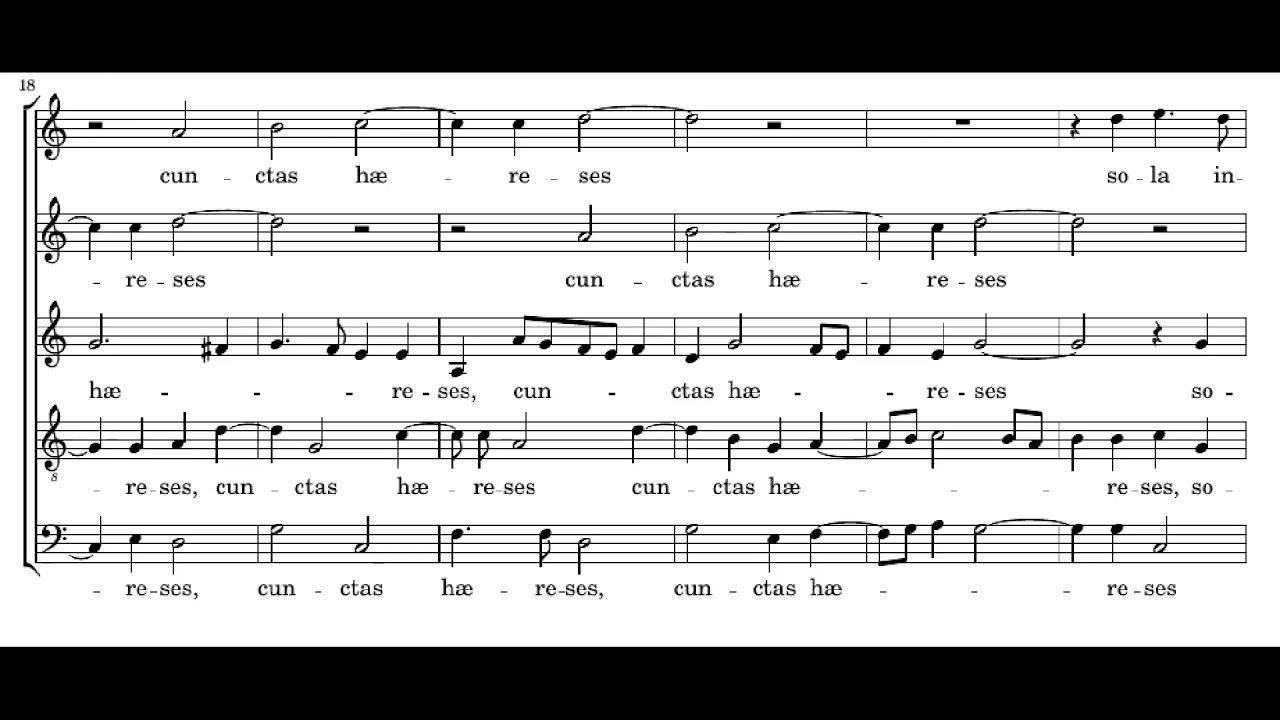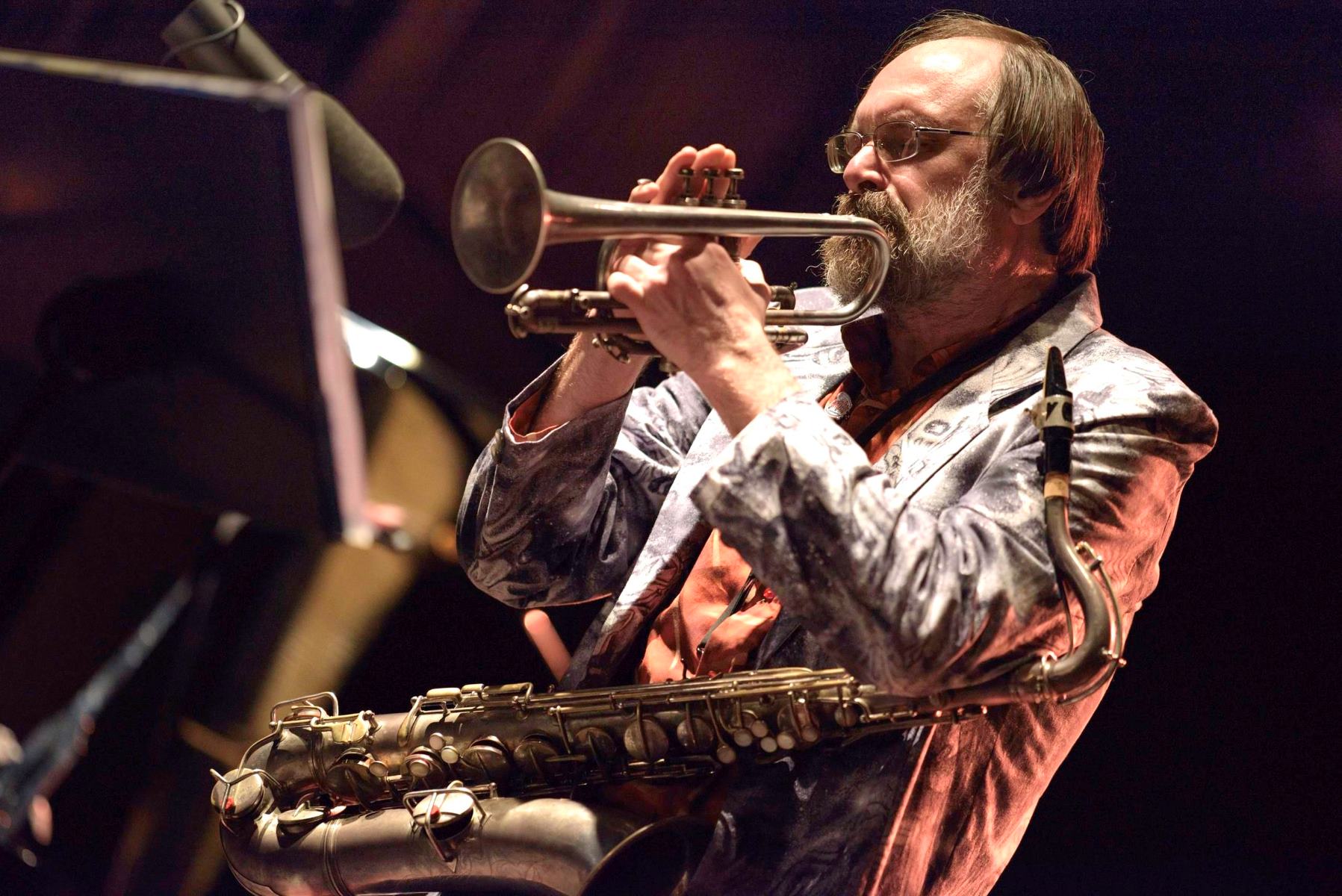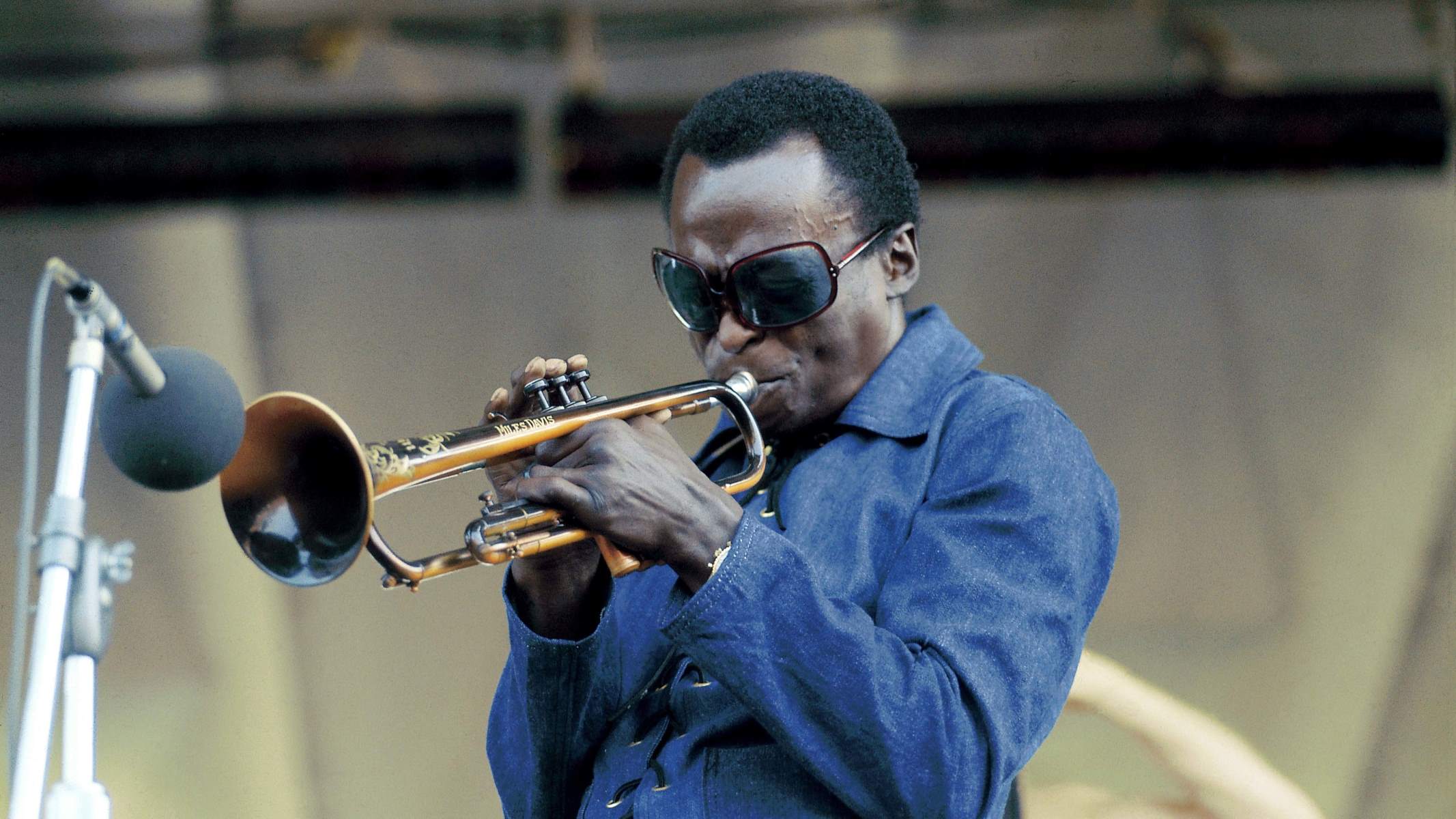Home>Genres>Jazz>Which Style Of Jazz Was The Last To Develop?
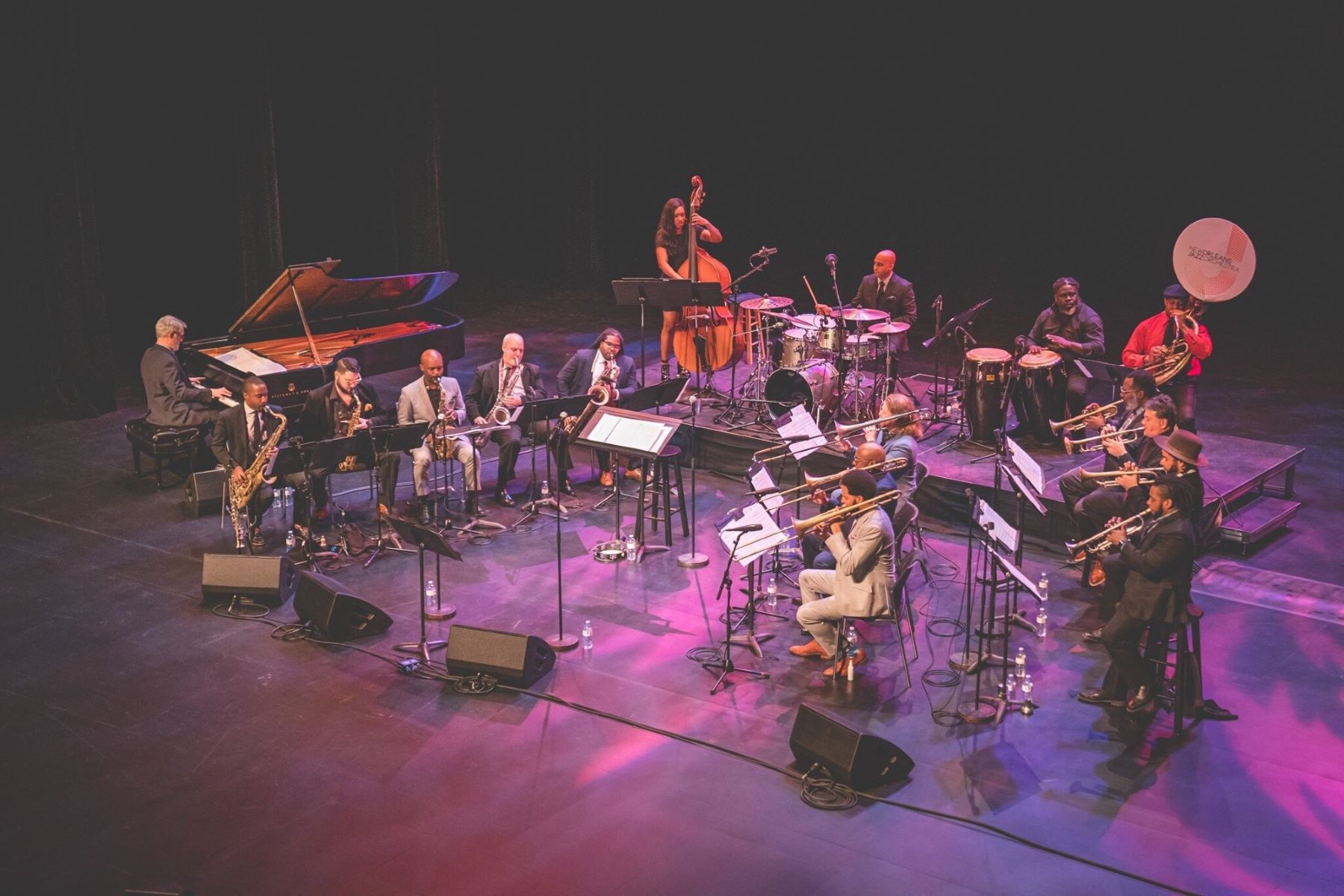

Jazz
Which Style Of Jazz Was The Last To Develop?
Modified: February 18, 2024
Discover the last style of jazz to develop and its unique characteristics in this comprehensive guide. Find out the intriguing history behind jazz music.
(Many of the links in this article redirect to a specific reviewed product. Your purchase of these products through affiliate links helps to generate commission for AudioLover.com, at no extra cost. Learn more)
Table of Contents
Introduction
Jazz is a genre of music that has a rich and diverse history, with its roots stretching back to the early 20th century in the African-American communities of New Orleans. It has since evolved and developed into various styles, each with its unique characteristics and contributions to the genre. Understanding the chronology of jazz styles and their evolution is not only important for music enthusiasts but also for those who want to explore the cultural and historical significance of this remarkable art form.
Throughout its history, jazz has experienced several significant shifts in style and approach, reflecting the cultural and social changes of the times. From its humble beginnings, with the fusion of African and European musical traditions, to its influence on popular music genres and subgenres, jazz has left an indelible mark on the world of music.
In this article, we will delve into the development and progression of jazz styles, tracing their evolution from the early days to the present. We will examine the major jazz styles that emerged over the years and explore the artists and movements that shaped them.
Join us on this musical journey as we explore the fascinating world of jazz and uncover the last style to develop in this dynamic genre.
Origins of Jazz
The roots of jazz can be traced back to the late 19th and early 20th centuries, when African and European musical traditions began to merge in the city of New Orleans, Louisiana. The city’s unique cultural mix, with influences from French, Spanish, African, and Caribbean cultures, provided the perfect breeding ground for this vibrant new genre to take shape.
Early forms of jazz emerged from the musical traditions of African Americans, who brought their rich rhythms, syncopation, and improvisation to the forefront. These musical elements, combined with European harmonies and instrumentation, created a distinctive sound that would set jazz apart from other genres.
One important aspect of jazz’s origins is the role of African-American communities and their unique cultural expressions. The music grew out of the experiences and struggles of African Americans, reflecting their creativity, resilience, and desire for personal expression.
New Orleans, often referred to as the birthplace of jazz, became a melting pot of diverse musical influences. The city’s dance halls, saloons, and street parades provided platforms for musicians to experiment and blend different musical styles. African-American brass bands and marching bands played a significant role in the early development of jazz, combining elements of ragtime, blues, and traditional African rhythms.
Out of this cultural fusion, several key figures emerged in the early years of jazz, including Buddy Bolden, Jelly Roll Morton, and Louis Armstrong. These individuals, along with many others, contributed in shaping the improvisational and syncopated style that defined early jazz.
The origins of jazz lay the groundwork for the subsequent styles that would develop over the years. From these humble beginnings, jazz would go on to revolutionize music and become a lasting musical phenomenon with a global impact.
Early Jazz Styles
As jazz continued to evolve and gain popularity in the early 20th century, several distinct styles emerged, each reflecting the cultural and musical influences of its time. These early jazz styles laid the foundation for the future development of the genre.
Ragtime: Ragtime, born in the late 19th century, heavily influenced the early jazz styles. It featured syncopated rhythms, characterized by a lively and playful piano playing style. Scott Joplin, known as the “King of Ragtime,” was one of the key figures in popularizing this style.
New Orleans Jazz: Also known as Dixieland jazz, New Orleans jazz was the first fully-formed jazz style to emerge. Drawing from African and European musical traditions, it featured lively collective improvisation, polyphonic melodies, and a strong rhythm section. Pioneers like Jelly Roll Morton and Louis Armstrong played a significant role in shaping this style.
Chicago Style Jazz: As jazz spread beyond New Orleans, it found a new home in Chicago. Chicago style jazz was a more polished and organized version of its New Orleans counterpart. It featured a stronger emphasis on solo improvisation, with musicians like King Oliver and Bix Beiderbecke at the forefront.
Swing: In the 1930s and 1940s, swing became the dominant style of jazz. Known for its lively rhythm, swinging melodies, and big bands, swing jazz was popularized by bands led by Duke Ellington, Count Basie, and Benny Goodman. It became the soundtrack of the swing era and provided a platform for groundbreaking soloists like Lester Young and Coleman Hawkins.
Bebop: As the swing era came to a close, a new jazz style called bebop emerged. Bebop was characterized by fast tempos, complex harmonic structures, and intricate improvisation. Musicians such as Charlie Parker, Dizzy Gillespie, and Thelonious Monk pushed the boundaries of jazz with their virtuosic playing and innovative compositions.
These early jazz styles paved the way for further experimentation and innovation in the genre. Each style brought its unique elements and contributed to the evolution of jazz, setting the stage for the styles that would follow in the years to come.
Swing Era
The swing era, also known as the big band era, was a pivotal period in the history of jazz. It spanned from the mid-1930s to the late 1940s and marked a significant shift in the style and popularity of jazz music.
At its core, swing jazz was characterized by a strong rhythmic pulse, intricate arrangements, and a focus on danceable music. Big bands, consisting of brass, woodwind, and rhythm sections, became the dominant ensembles during this era. These larger ensembles allowed for more expansive and powerful musical performances.
One of the most iconic figures of the swing era was Duke Ellington. His orchestra, known as the Duke Ellington Orchestra, showcased the sophistication and elegance of swing music. Ellington’s compositions, such as “Take the ‘A’ Train” and “In a Sentimental Mood,” became classics of the genre.
Count Basie was another influential bandleader during this time. His band, the Count Basie Orchestra, epitomized the swinging rhythm and bluesy style of the era. Basie’s precise and concise piano playing and the band’s tight arrangements captivated audiences worldwide.
Benny Goodman, known as the “King of Swing,” played a significant role in popularizing the genre. His integration of different musical styles, including elements of classical music and Latin rhythms, helped broaden the appeal of swing and introduced it to a wider audience.
The swing era also saw the rise of talented soloists who pushed the boundaries of jazz improvisation. Tenor saxophonist Lester Young introduced a more melodic and laid-back approach, while Coleman Hawkins brought a bolder and more aggressive sound. These two influential figures, along with others like Art Tatum and Benny Carter, left an indelible mark on the genre.
The swing era came to a close after World War II, as social and cultural changes began to shift the musical landscape. The advent of smaller bebop ensembles and the decline of the big band sound signaled the start of a new era in jazz.
Nevertheless, the swing era left an enduring legacy, with its infectious rhythms, memorable melodies, and the unforgettable contributions of its talented musicians. It paved the way for future developments in jazz and continues to be celebrated and appreciated by audiences around the world.
Bebop
Bebop emerged in the 1940s as a reaction to the commercialization and predictability of the swing era. It was a revolutionary style of jazz that prioritized artistic expression, intricate improvisation, and complex harmonic structures. With its rapid tempos and virtuosic playing, bebop pushed the boundaries of jazz and set the stage for the genre’s future development.
At the heart of bebop were the legendary musicians Charlie Parker, Dizzy Gillespie, and Thelonious Monk, among others. These artists sought to break away from the constraints of the big bands and explore a more individualistic approach to music. Through their innovative compositions and improvisations, they brought a new level of technical skill and musical sophistication to jazz.
Bebop compositions were characterized by fast tempos, unconventional chord progressions, and intricate melodies. The goal was to challenge both the musicians and the listeners, with complex harmonies and unpredictable rhythms. The emphasis shifted from danceable music to intricate, intellectual creations designed for attentive listening.
One of the defining features of bebop was its emphasis on small group settings. Instead of the larger ensembles of the swing era, bebop was typically performed by small groups, usually a quintet or a sextet. This allowed for more intimate and dynamic interactions between the musicians and greater freedom for individual expression.
The improvisation in bebop was characterized by its rapid-fire melodic lines and intricate phrasing. Musicians engaged in complex harmonic interplay, incorporating chromaticism and altered chords into their solos. Charlie Parker’s lightning-fast saxophone lines, Dizzy Gillespie’s inventive trumpet playing, and Thelonious Monk’s idiosyncratic piano style all became synonymous with the bebop movement.
Bebop had a profound impact on the direction of jazz, influencing subsequent styles such as cool jazz, hard bop, and free jazz. It challenged the conventions of jazz and paved the way for a more experimental and individualistic approach to improvisation. Bebop remains an important milestone in the history of jazz, showcasing the genius and innovation of its pioneering musicians.
Cool Jazz
Cool jazz, also known as West Coast jazz, emerged in the late 1940s and early 1950s as a response to the fast-paced and intricate style of bebop. It represented a more relaxed and understated approach to jazz, characterized by softer tones, slower tempos, and a focus on intricate arrangements and melodic improvisation.
Cool jazz was a departure from the explosive energy and technical virtuosity of bebop. Musicians in the cool jazz movement sought to create a more relaxed and laid-back atmosphere, drawing inspiration from classical music, chamber music, and cool tones reminiscent of the West Coast lifestyle.
Miles Davis, one of the most influential figures of cool jazz, played a pivotal role in shaping the genre. His landmark album, “Birth of the Cool,” showcased a new approach to jazz, featuring nonet compositions with intricate harmonies and subdued rhythms. This album, along with Davis’ subsequent work, became synonymous with the cool jazz movement.
Another prominent figure in the cool jazz scene was saxophonist Stan Getz. Known for his warm tone and melodic improvisation, Getz’s playing epitomized the cool jazz aesthetic. His collaborations with guitarist Charlie Byrd on the influential album “Jazz Samba” helped popularize the bossa nova genre and further expanded the possibilities of cool jazz.
Unlike bebop, which often featured extended and complex solos, cool jazz focused on collective improvisation and intricate arrangements. Musicians in the cool jazz movement emphasized creating a lush and mellow sound, with careful attention to dynamics and melodic subtleties. This resulted in a more accessible and introspective style of jazz.
Cool jazz found its home on the West Coast of the United States, particularly in cities like Los Angeles and San Francisco. The relaxed and laid-back lifestyle of the West Coast influenced the cool jazz sound, giving it a distinct flavor and atmosphere. Artists such as Dave Brubeck, Chet Baker, and Gerry Mulligan were also key contributors to the West Coast cool jazz scene.
Cool jazz had a significant impact on the genre, influencing subsequent styles such as modal jazz and jazz fusion. Its emphasis on melodic improvisation, intricate arrangements, and a cool, introspective vibe solidified its place in the history of jazz. Cool jazz remains a beloved and influential genre, capturing the essence of a more relaxed and sophisticated form of musical expression.
Hard Bop
Hard bop emerged in the 1950s as a contrasting response to the cool and relaxed style of cool jazz. It represented a return to the roots of bebop, infusing it with elements of blues, gospel, and R&B. Hard bop brought a fresh energy, gritty sound, and a renewed emphasis on groove and soulful expression.
While cool jazz focused on intricate arrangements and complex harmonies, hard bop embraced a more earthy and bluesy approach. Musicians sought to capture the emotional depth and raw energy of African-American musical traditions, drawing inspiration from the church, the streets, and the soulful sounds of the time.
Art Blakey and the Jazz Messengers played a central role in shaping and popularizing the hard bop sound. Blakey’s powerful drumming, combined with the talents of young musicians such as Freddie Hubbard, Wayne Shorter, and Lee Morgan, created a driving and intense musical experience. Their albums, such as “Moanin'” and “Free for All,” exemplified the energetic spirit of hard bop.
Horace Silver was another influential figure in the hard bop movement. His compositions, characterized by catchy melodies, soulful grooves, and bluesy inflections, became iconic in the genre. Silver’s “Song for My Father” and “Filthy McNasty” are considered hard bop classics.
Hard bop also provided a platform for innovative and exploratory soloists. Tenor saxophonist Sonny Rollins, known for his distinctively powerful and adventurous playing, pushed the boundaries of improvisation and expanded the possibilities of the genre. Other notable hard bop artists include Cannonball Adderley, Clifford Brown, and Hank Mobley.
Hard bop incorporated elements of call-and-response, bluesy melodies, and soulful grooves. It brought a renewed focus on improvisation and allowed for greater freedom of expression. While rooted in bebop, hard bop added a new dimension of soul and intensity.
Hard bop began to decline in popularity during the 1960s with the rise of free jazz and fusion. However, its influence remains significant, and elements of hard bop can be heard in modern jazz and other contemporary genres.
Hard bop represents a powerful and soulful chapter in the history of jazz, showcasing the creativity and passion of its musicians. It reaffirms the enduring legacy of jazz as a dynamic and ever-evolving art form.
Free Jazz
Free jazz emerged in the 1960s as a radical departure from the traditional conventions of jazz. It broke away from the constraints of chord progressions, formal structures, and even rhythmic patterns, offering musicians complete freedom for spontaneous improvisation and creative exploration.
At its core, free jazz sought to challenge and disrupt the established norms of jazz, pushing the boundaries of what was considered acceptable within the genre. Musicians embraced a spirit of experimentation and embraced unconventional techniques, extended techniques, and unconventional sounds to create a new sonic landscape.
One of the key figures in the free jazz movement was saxophonist Ornette Coleman. His landmark album, “The Shape of Jazz to Come,” shattered conventions with its unconventional melodies, free-flowing improvisation, and absence of a chordal instrument. Coleman’s approach inspired a new generation of musicians to explore the possibilities of music and push the boundaries of improvisation.
Another influential artist in the free jazz movement was John Coltrane. His avant-garde compositions and extended improvisations, such as “Ascension” and “A Love Supreme,” challenged the traditional structure of jazz and delved into spiritual and transcendental realms. Coltrane’s exploration of modal and harmonic freedom opened new doors for musicians seeking artistic liberation.
Free jazz sessions often relied upon collective improvisation, where multiple musicians engaged in simultaneous spontaneous creation. The emphasis was on the interaction and communication between the musicians, creating a dynamic and unpredictable musical environment.
Free jazz also embraced a sense of social and political consciousness. Musicians sought to express their views on civil rights, racial equality, and societal injustices through their artistic endeavors. The music became a vehicle for protest and creative expression, giving voices to those whose perspectives were often marginalized in society.
The free jazz movement, while not commercially successful on a large scale, had a profound impact on the evolution of jazz and other genres. Its philosophy of artistic freedom and bold experimentation influenced subsequent styles such as avant-garde jazz, fusion, and experimental music. The spirit of free jazz continues to inspire musicians to challenge conventions and explore new frontiers in music.
Fusion Jazz
Fusion jazz, sometimes referred to as jazz fusion or simply fusion, emerged in the late 1960s and early 1970s as a fusion of jazz and other musical genres. It combined the improvisational elements of jazz with the rhythms, harmony, and instrumentation of rock, funk, and other popular music styles. Fusion jazz pushed the boundaries of jazz, embracing new technology, and incorporating a wide range of influences, resulting in a dynamic and genre-defying sound.
The fusion movement was born out of a desire to explore new musical territories and appeal to a broader audience. Musicians sought to bridge the gap between jazz and popular music, incorporating elements of rock, soul, funk, and even electronic music into their compositions and improvisations.
Miles Davis, a pioneering figure in fusion jazz, played a significant role in popularizing the genre with his groundbreaking album “Bitches Brew.” This landmark recording fused jazz improvisation with elements of rock, funk, and electronic instrumentation. Davis’ experimentation with electric instruments, extended jams, and complex arrangements set the stage for the fusion movement.
Other influential artists in fusion jazz include Weather Report, led by Joe Zawinul and Wayne Shorter, and the Mahavishnu Orchestra, led by John McLaughlin. These bands combined jazz improvisation with high-energy performances, intricate compositions, and virtuosic instrumental prowess.
Fusion jazz also embraced a wide range of musical styles and influences. Artists like Herbie Hancock, Chick Corea, and Stanley Clarke incorporated elements of funk, R&B, and Latin music into their fusion compositions. The music often featured complex rhythms, driving basslines, and rich harmonies, blurring the boundaries between genres.
Fusion jazz benefited from advancements in technology, particularly the development of electric instruments and new recording techniques. This allowed musicians to explore a wider sonic palette and experiment with innovative soundscapes.
The popularity of fusion jazz waned in the late 1970s and 1980s with the rise of other popular music genres. However, its influence can still be heard in contemporary jazz, as well as genres such as jazz-rock, jazz-funk, and electronic jazz.
Fusion jazz remains an important chapter in the history of jazz, showcasing the genre’s ability to adapt, evolve, and incorporate diverse musical influences. It blurred the lines between genres, pushing the boundaries of what jazz could be and inspiring future generations of musicians to explore new musical frontiers.
Conclusion
The history of jazz is a testament to the transformative power of music and the creativity of its practitioners. From its humble origins in the African-American communities of New Orleans to its worldwide influence, jazz has evolved through various styles and eras, each contributing to its rich tapestry.
We explored the origins of jazz in New Orleans, where the fusion of African and European musical traditions gave birth to ragtime, New Orleans jazz, and the subsequent swing era. These early styles set the stage for the innovative and influential movements that followed.
Bebop, with its complex harmonies and intricate improvisations, challenged the conventions of jazz, while cool jazz brought a relaxed and introspective vibe. The hard bop movement brought back the soulful and bluesy energy of earlier styles, paving the way for the boundary-pushing experimentation of free jazz.
Lastly, fusion jazz blended jazz with other genres, embracing a wide range of influences and expanding the sonic possibilities of the genre. This era showcased the adaptability and evolution of jazz, incorporating new technologies and reaching a broader audience.
Each style of jazz has made a significant contribution to the genre, reflecting the cultural, social, and musical contexts of its time. While the styles may differ in sound and approach, they are all united by the spirit of improvisation, creativity, and self-expression that is intrinsic to jazz.
As we reflect on the history of jazz, it is important to recognize and appreciate the legacy left behind by the pioneering musicians who pushed the boundaries, broke the rules, and created timeless music. The impact of jazz extends far beyond the realm of music, influencing art, literature, and social movements.
Today, jazz continues to thrive, embracing new influences and incorporating elements from various genres. It serves as a reminder of the power of collaboration, individual expression, and the universal language of music.
Whether you are a jazz enthusiast or a curious listener, exploring the various styles and eras of jazz opens up a world of musical and cultural exploration. So, sit back, allow the captivating melodies and rhythms to wash over you, and let the timeless art of jazz take you on a mesmerizing journey through a century of innovation, creativity, and passion.

